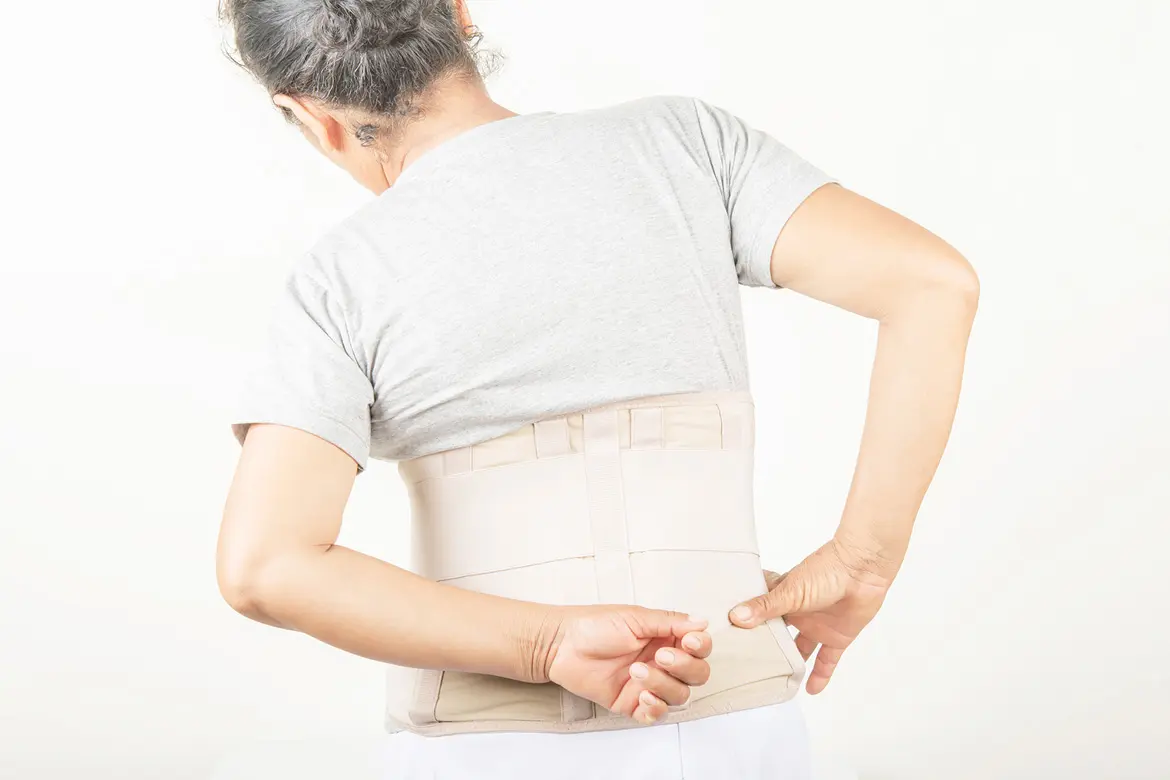Dr Tow Phak Boon Benjamin
Orthopaedic Surgeon


Source: Shutterstock
Orthopaedic Surgeon
Would you choose an open surgery on your back, or would you opt for an injection that would relieve your pain and takes less than 2 hours?
Steroid medicines work to reduce inflammation and swelling, therefore relieving some of the pressure on the nerves and nerve roots. This will give you short-term relief from back and leg pain.
Your doctor may recommend epidural steroid injections if you are experiencing severe back pain. The injection contains steroid medicine and is injected into the spinal canal, nerve root or other joints in your spine.
Epidural steroid injections will only help with pain that shoots down from your back to your leg. These include lumbar herniated discs, lumbar degenerative disc disease and lumbar spinal stenosis.
Most back injuries are short-term, caused by sprains to the back muscles. Serious, long-term back pain however, may be due to chronic inflammation of the joints, nerve compression or joint degeneration.
"Spinal stenosis, for example, is a case where the spinal space narrows, causing pressure on the spinal cord and nerves," says Dr Benjamin Tow, an orthopaedic surgeon practising at Mount Elizabeth Hospital, Singapore.
"Another cause for severe back pain is a slipped disc, or disc herniation, where the soft tissue between the spine bones protrudes, impinging on the nerves."
If the injury is slight, it is possible to be cured through medication that reduces the inflammation on the nerves, and through physiotherapy to correct poor posture. However, when the condition is serious, the only cure is often spinal surgery, which can be daunting for many people.
Epidural steroid injections are options that some patients might prefer.
"Anaesthetics and steroids are injected to reduce the inflammation of the nerves. The injection usually takes less than 45 minutes, and the patient can go home right after," Dr Tow says. The short procedure time also means that the procedure is inexpensive. Also, the procedure is done under sedation, so you will not feel anything when the injections are being administered.
What many do not realise, however, is that an epidural steroid injection is not a cure.
What it does is that it reduces or removes the pain for a limited amount of time.
"The duration of effect is variable and temporary," Dr Tow explains. "In some cases, the pain relief may only last 2 – 3 weeks as the medications injected will be metabolised and removed by the body tissues. However, in other cases, the effect can be longer lasting if the inflammatory process is halted by the injection and your back pain did not relapse."
It is also not advisable to rely on epidural injections as a long term solution to your persistent back pain. Multiple steroid injections can result in weakening of the bones and decrease in immune response and symptom relief. This means that not only will repeat injections have less effect, they may even worsen your condition.
In short, these injections are considered as short-term treatment for immediate pain relief, it does not resolve the problem of structural nerve compression or spinal instability. Dr Tow says that patients suffering from severe or chronic back problems will find that surgery tends to be the only way to cure the problem once and for all.
Side effects of steroid injections are usually temporary and tolerable. They include:
In rare cases, serious complications can occur:
Thankfully, medical advancements have resulted in minimally invasive procedures for many back problems.
Spinal stenosis, for example, can be treated using minimally invasive laminectomy, where parts of the vertebra are removed to relieve pressure on the nerves.
A laminectomy is done to remove bony overgrowths within the spinal canal that can narrow the space for the spinal cord and nerves. This causes pressure on the nerves resulting in pain, weakness and numbness that can shoot down the arms and legs.
A laminectomy can be an option for you if:
"Some patients suffering from herniated disc can also be treated through disc radio-frequency ablation, where a special needle is used to decrease the internal pressure in the disc, decreasing the impingement on the nerves and spinal cord," explains Dr Tow.
The procedure is done by inserting a small, tube-like needle into the centre of the bulging disc, guided by X-ray imaging. A special wand is inserted through the needle, which releases heat that dissolves a small amount of disc tissue. This relieves pressure on the nerves to help reduce pain and improve mobility.
Disc radio-frequency ablation can be done in conjunction with as an epidural injection.
"An epidural steroid injection is an effective interim solution for your back pain relief, suitable for patients when surgery is either not feasible or not immediately available," Dr Tow concludes.
However, if you really want to get rid of your back pain in the long run, surgery might be the only, and best choice.